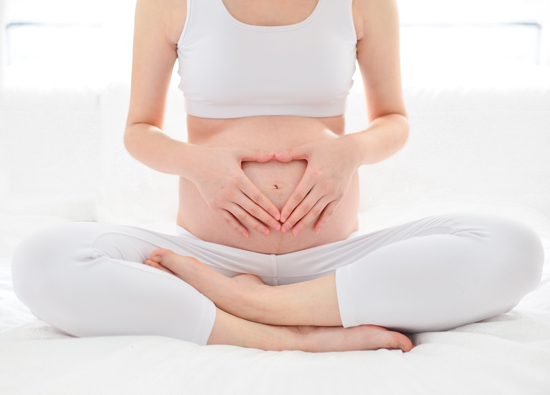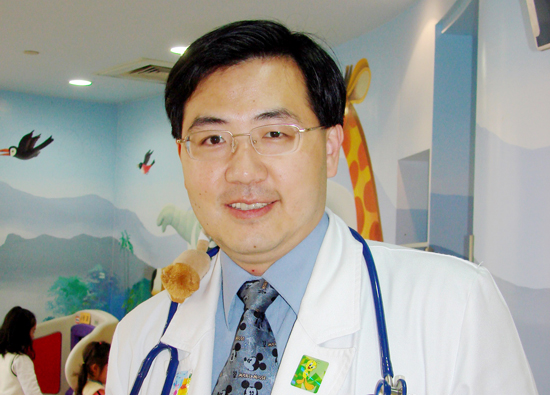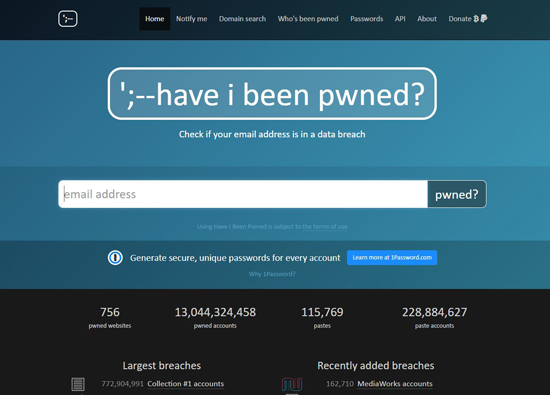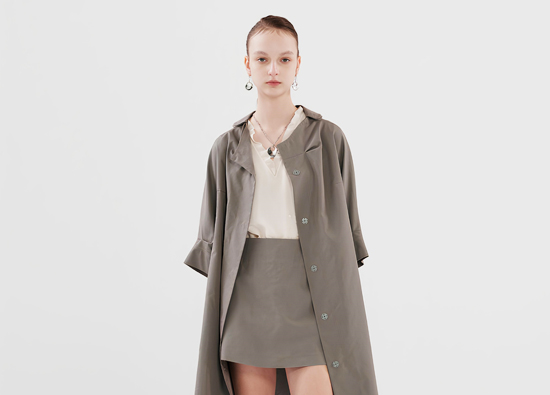04.2024 Life Guide
Artificial Good Pregnancy Subsidy Program Gives Birth to New Hope for Families
Far Eastern New Century Corporation / Lai Zhengwei


While modern people strive to pursue quality of life, economic and life pressures are also increasing day by day, leading to a trend of late marriage and childbirth. According to the 2022 population statistics of the Ministry of the Interior, the average age at which women give birth for the first time is 31.43 years old, with over 30% of women over 35 years old, and this proportion has been increasing year by year. This phenomenon is not only a part of population structure changes, but also relates to the future development of society. This issue of the Legal Column introduces the government's new policy, the Artificial Reproduction Technology Subsidy Program, which provides a reference for couples with childcare plans.
In addition to the increasing average age of first childbirth, the long-term work fatigue, stress, and unhealthy lifestyle habits of modern people have also led to an average of one in seven couples in Taiwan meeting the World Health Organization (WHO) definition of infertility. Despite facing various challenges, many people still hold a beautiful longing for parenting. To this end, the government has launched a fertility assistance program called the "Artificial Reproduction Technology Subsidy Program", aiming to meet the fertility expectations of infertile couples, reduce the economic burden of treatment (in vitro fertilization), and reduce the incidence of multiple pregnancies and ovarian hyperstimulation syndrome in artificial reproduction, so that more people can enjoy the warmth and happiness of having children together.
Subsidy recipients and qualification conditions
At least one spouse must be of their own nationality, and the wife must be under 45 years old, hold a diagnosis certificate of infertility from a contracted medical institution physician, and undergo in vitro fertilization and artificial reproductive technology.
Limit on the number of times subsidies can be applied for
The number of times a subsidy can be applied for varies depending on the age of the wife. For those under 39 years old, a maximum of 6 subsidies can be provided before giving birth to a single parity baby; For those aged 40 and above but under 45 years old, a maximum of 3 subsidies will be provided before giving birth to a single parity baby. (Wife's age is calculated based on the month when applying for the subsidy).
For example, at the age of 37, Xiaomei underwent a single parity IVF treatment and successfully became pregnant and gave birth after four rounds of subsidies; When preparing for another IVF treatment at the age of 38 the following year, there were still 6 subsidy opportunities available.
Subsidy amount
Infertile couples from middle and low-income households or low-income households shall receive a maximum subsidy of NTD150000 per subsidy. If the actual expenditure amount is not reached, the subsidy shall be based on the actual expenditure amount; If it is not an infertile couple from a middle or low-income household, the upper limit of each subsidy application for the first time is NTD 100000, and for those who apply for subsidies again, the upper limit of each subsidy application is NTD 60000.
Application process for subsidies
1. Bring the original ID cards and remittance account information of both spouses (original proof documents must be provided separately for middle and low-income households or low-income households), apply for registration at a designated medical institution, fill out the "Qualification Review Form for Artificial Reproduction Technology Subsidy", and have the designated institution apply online on behalf of them.
2. The Bureau of Health Promotion will conduct a qualification review, and once approved, a "Notice of Artificial Reproduction Technology Subsidy" will be issued.
3. After passing the qualification review, the treatment course must be completed within one year; After the treatment is completed, the contracted medical institution will log in the "Certificate of Artificial Reproduction Technology Results" and "Application Project Cost Table" on the Bureau of Health Promotion system.
Within 6 months after the end of the treatment course (referring to pregnancy or termination of the treatment course), the payment application materials shall be submitted to the designated medical institution for delivery.
5. The contracted medical institution provides the applicant with a fee application form for personal signature. The subsidy fee will be reviewed by the Bureau of Health Promotion and transferred to the applicant's account, and will be notified via text message.
Other precautions
The name of the remittance account to be submitted for application must be the name of one of the spouses, and the information of the local nationality account should be the main one. To protect their rights and interests, before receiving treatment, the couple should first go to the designated medical institution to complete the qualification review and obtain the subsidy qualification. During the treatment period, it is necessary to keep detailed receipts for subsequent verification and confirmation.
For more information, please consult the "Artificial Reproduction Subsidy" hotline 02-2558-0900, or consult the "List of Artificial Reproduction Technology Authorized Medical Institutions" licensed by the Ministry of Health and Welfare. (Source: Ministry of the Interior, Ministry of Health and Welfare Bureau of Health Promotion)
#
In addition to the increasing average age of first childbirth, the long-term work fatigue, stress, and unhealthy lifestyle habits of modern people have also led to an average of one in seven couples in Taiwan meeting the World Health Organization (WHO) definition of infertility. Despite facing various challenges, many people still hold a beautiful longing for parenting. To this end, the government has launched a fertility assistance program called the "Artificial Reproduction Technology Subsidy Program", aiming to meet the fertility expectations of infertile couples, reduce the economic burden of treatment (in vitro fertilization), and reduce the incidence of multiple pregnancies and ovarian hyperstimulation syndrome in artificial reproduction, so that more people can enjoy the warmth and happiness of having children together.
Subsidy recipients and qualification conditions
At least one spouse must be of their own nationality, and the wife must be under 45 years old, hold a diagnosis certificate of infertility from a contracted medical institution physician, and undergo in vitro fertilization and artificial reproductive technology.
Limit on the number of times subsidies can be applied for
The number of times a subsidy can be applied for varies depending on the age of the wife. For those under 39 years old, a maximum of 6 subsidies can be provided before giving birth to a single parity baby; For those aged 40 and above but under 45 years old, a maximum of 3 subsidies will be provided before giving birth to a single parity baby. (Wife's age is calculated based on the month when applying for the subsidy).
For example, at the age of 37, Xiaomei underwent a single parity IVF treatment and successfully became pregnant and gave birth after four rounds of subsidies; When preparing for another IVF treatment at the age of 38 the following year, there were still 6 subsidy opportunities available.
Subsidy amount
Infertile couples from middle and low-income households or low-income households shall receive a maximum subsidy of NTD150000 per subsidy. If the actual expenditure amount is not reached, the subsidy shall be based on the actual expenditure amount; If it is not an infertile couple from a middle or low-income household, the upper limit of each subsidy application for the first time is NTD 100000, and for those who apply for subsidies again, the upper limit of each subsidy application is NTD 60000.
Application process for subsidies
1. Bring the original ID cards and remittance account information of both spouses (original proof documents must be provided separately for middle and low-income households or low-income households), apply for registration at a designated medical institution, fill out the "Qualification Review Form for Artificial Reproduction Technology Subsidy", and have the designated institution apply online on behalf of them.
2. The Bureau of Health Promotion will conduct a qualification review, and once approved, a "Notice of Artificial Reproduction Technology Subsidy" will be issued.
3. After passing the qualification review, the treatment course must be completed within one year; After the treatment is completed, the contracted medical institution will log in the "Certificate of Artificial Reproduction Technology Results" and "Application Project Cost Table" on the Bureau of Health Promotion system.
Within 6 months after the end of the treatment course (referring to pregnancy or termination of the treatment course), the payment application materials shall be submitted to the designated medical institution for delivery.
5. The contracted medical institution provides the applicant with a fee application form for personal signature. The subsidy fee will be reviewed by the Bureau of Health Promotion and transferred to the applicant's account, and will be notified via text message.
Other precautions
The name of the remittance account to be submitted for application must be the name of one of the spouses, and the information of the local nationality account should be the main one. To protect their rights and interests, before receiving treatment, the couple should first go to the designated medical institution to complete the qualification review and obtain the subsidy qualification. During the treatment period, it is necessary to keep detailed receipts for subsequent verification and confirmation.
For more information, please consult the "Artificial Reproduction Subsidy" hotline 02-2558-0900, or consult the "List of Artificial Reproduction Technology Authorized Medical Institutions" licensed by the Ministry of Health and Welfare. (Source: Ministry of the Interior, Ministry of Health and Welfare Bureau of Health Promotion)
#




















